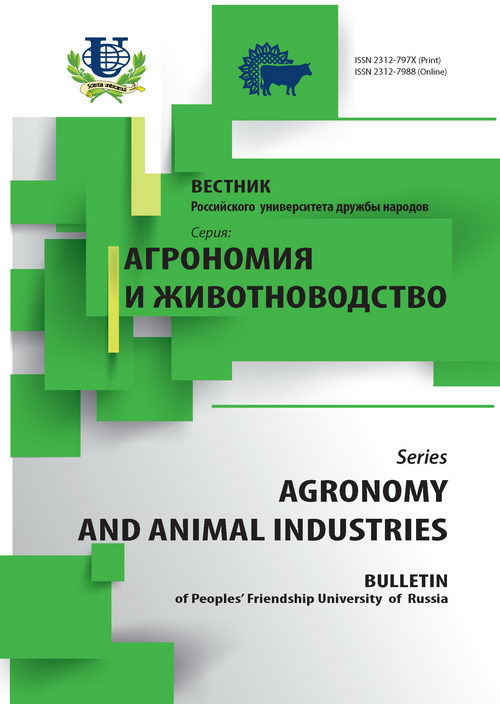Prevention of mixed respiratory infections in young cattle
- Authors: Sisyagin PN1, Redzhepova GR1, Sisyagina EP1, Leonteva IL2
-
Affiliations:
- Scientific Research Veterinary Institute of Non-Chernozem Zone of the Russian Federation
- Russian State Agrarian University
- Issue: No 3 (2016)
- Pages: 65-71
- Section: Articles
- URL: https://agrojournal.rudn.ru/agronomy/article/view/13952
- DOI: https://doi.org/10.22363/2312-797X-2016-3-65-71
- ID: 13952
Cite item
Full Text
Abstract
About the authors
P N Sisyagin
Scientific Research Veterinary Institute of Non-Chernozem Zone of the Russian Federation
Author for correspondence.
Email: nivinzrf@yandex.ru
Veterinarnaya str., 3, Nizhny Novgorod, Russia, 603950
G R Redzhepova
Scientific Research Veterinary Institute of Non-Chernozem Zone of the Russian Federation
Email: nivinzrf@yandex.ru
Veterinarnaya str., 3, Nizhny Novgorod, Russia, 603950
E P Sisyagina
Scientific Research Veterinary Institute of Non-Chernozem Zone of the Russian Federation
Email: nivinzrf@yandex.ru
Veterinarnaya str., 3, Nizhny Novgorod, Russia, 603950
I L Leonteva
Russian State Agrarian University
Email: irina_irina_1988_1988@mail.ru
Timiryazevskaya str., 49, Moscow, Russia, 127550
References
Supplementary files















